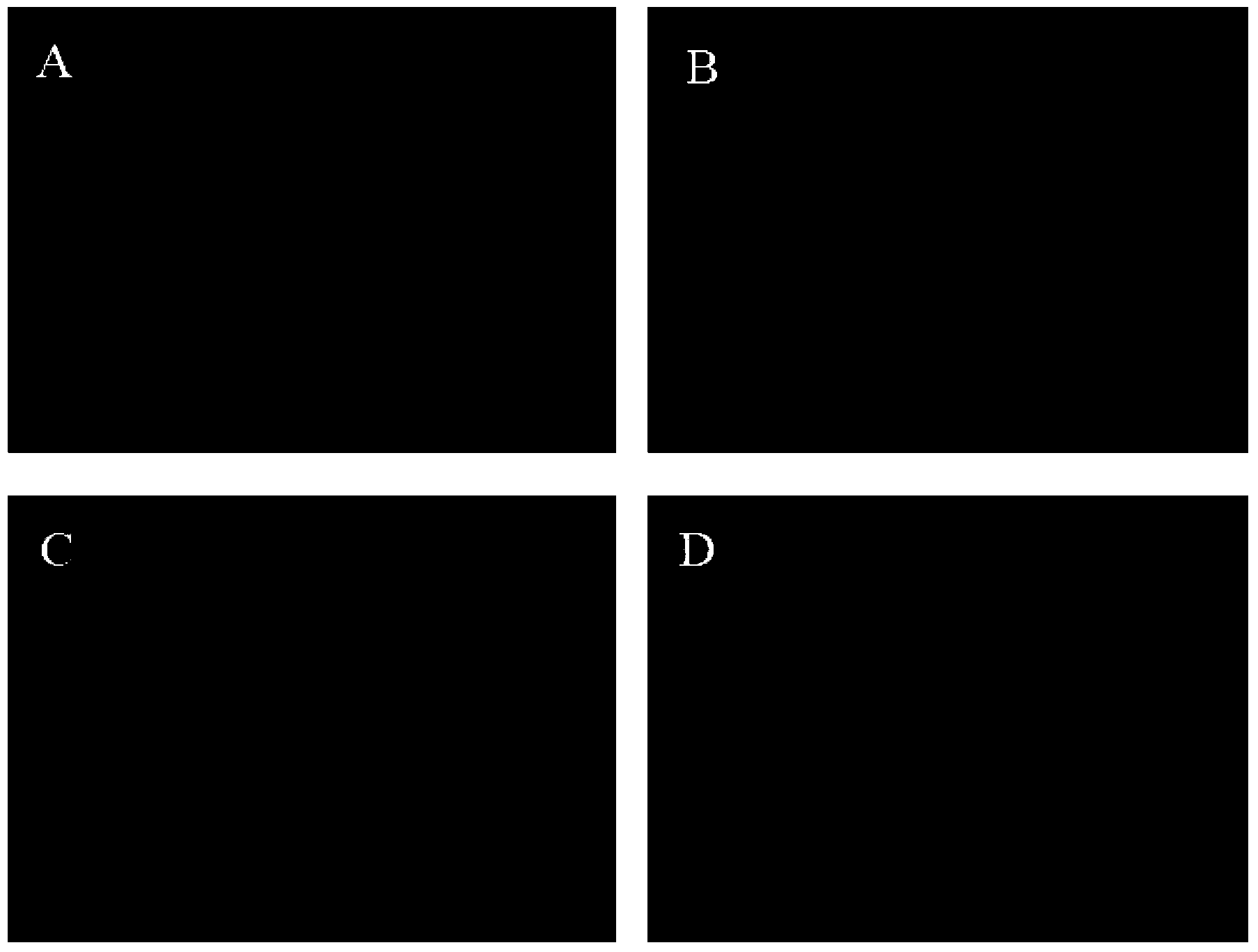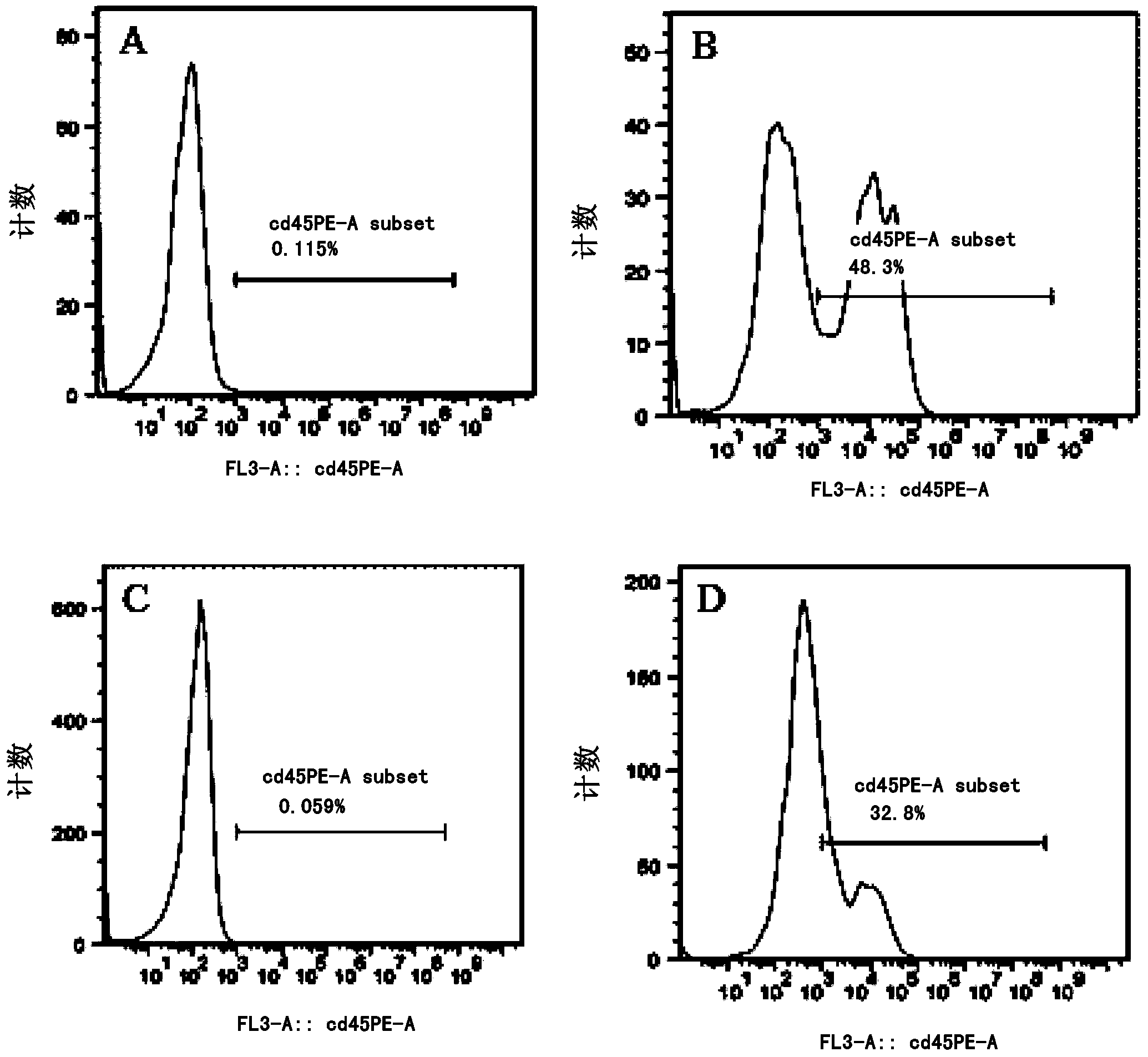Culture and application of oligoclonal tumor-infiltrating lymphocytes for liver cancer
A lymphocyte and tumor infiltration technology, applied in the application field of liver cancer immunotherapy, can solve the problems of TIL amplification with high anti-tumor activity, TIL damage, and inability to selectively amplify TIL populations with strong anti-tumor activity
- Summary
- Abstract
- Description
- Claims
- Application Information
AI Technical Summary
Problems solved by technology
Method used
Image
Examples
Embodiment 1
[0047] Example 1. The culture of oligoclonal liver cancer infiltrating lymphocytes, the relationship between TIL dysfunction and Treg, and the distribution characteristics of Treg in liver cancer tumor tissue
[0048] 1. Oligoclonal culture method
[0049] The oligoclonal culture method includes the following steps:
[0050] 1. Take fresh surgical specimens of liver cancer tumor tissue, remove surrounding normal tissue and necrotic tissue, and wash 3 times with PBS.
[0051] 2. Tissue blocks with a diameter of about 2 mm were collected from different parts of the tumor, including the central tissue of the tumor and the junctional area of the tumor (the range of 2 mm inside and outside the border between the tumor and normal tissue).
[0052] 3. Add 2ml of complete medium containing IL-2 (6000IU / ml) to the 24-well plate. Complete medium (pH7.2) is RPMI 1640 medium, also includes: 25mmol / L HEPES (4-hydroxyethylpiperazineethanesulfonic acid), pH7.2, 100U / ml penicillin, 100U / m...
Embodiment 2
[0058] Embodiment 2, conventional culture method cultivates TIL (control example)
[0059] The conventional culture method for culturing TIL includes the following steps: take fresh liver cancer tumor tissue specimens, remove surrounding normal tissue and necrotic tissue, wash with PBS, rinse with RPMI1640 culture solution, move to a sterile vessel and cut the tumor tissue to 1 inch with surgical scissors. -2mm 3 Small pieces were placed in 40ml of RPMI1640 culture solution of digestive enzymes, stirred and mixed at room temperature, and left overnight at 4°C. Remove undigested tissue pieces and use lymphocyte separation medium to make 2×10 6 For a cell suspension of about / ml, after gradient density centrifugation, absorb the white cell layer rich in TIL between 75% and 100% of the separation liquid surface, wash with Hank's solution, centrifuge, and then culture and expand.
Embodiment 3
[0060] Example 3. Isolation, cultivation and identification of tumor infiltrating lymphocytes
[0061]A range of 2 mm inside and outside the boundary between liver cancer tumors and normal tissues was taken, and TILs were cultured as in Example 1 for dynamic observation. During TIL culture, TIL gradually migrated out of the tumor tissue mass and formed a dense lymphocyte population around the tumor tissue mass. Depend on figure 2 It can be seen that on the first day of culture, several lymphocytes can be seen to migrate out of the tumor tissue around the tumor mass; on the 3rd day of culture, more lymphocytes can be seen to migrate out of the tumor tissue and distribute around the tumor tissue; A further increase in lymphocyte density can be seen. On the 14th day of culture, the number of lymphocytes further increased and became almost confluent. With the prolongation of the culture time, the number of lymphocytes in the culture plate continued to increase. The cell densi...
PUM
 Login to View More
Login to View More Abstract
Description
Claims
Application Information
 Login to View More
Login to View More - R&D
- Intellectual Property
- Life Sciences
- Materials
- Tech Scout
- Unparalleled Data Quality
- Higher Quality Content
- 60% Fewer Hallucinations
Browse by: Latest US Patents, China's latest patents, Technical Efficacy Thesaurus, Application Domain, Technology Topic, Popular Technical Reports.
© 2025 PatSnap. All rights reserved.Legal|Privacy policy|Modern Slavery Act Transparency Statement|Sitemap|About US| Contact US: help@patsnap.com



